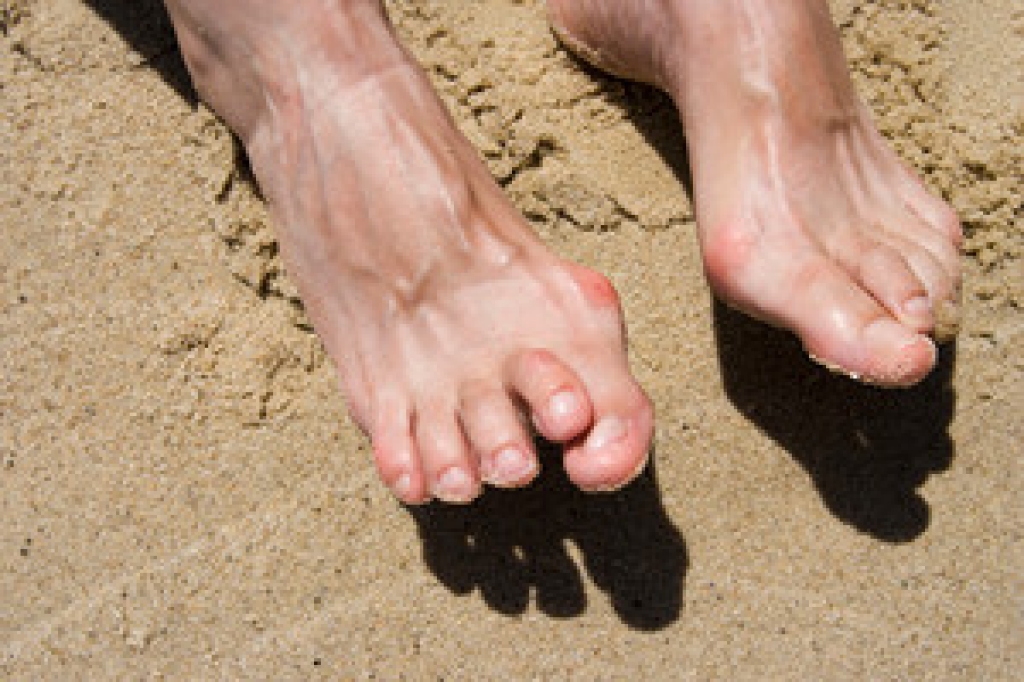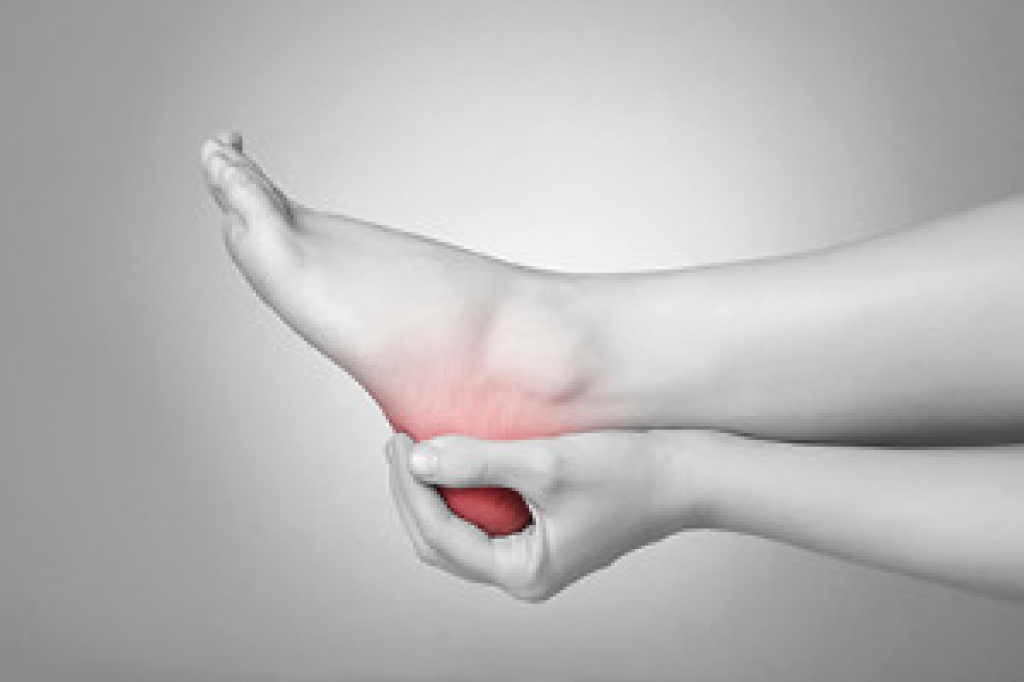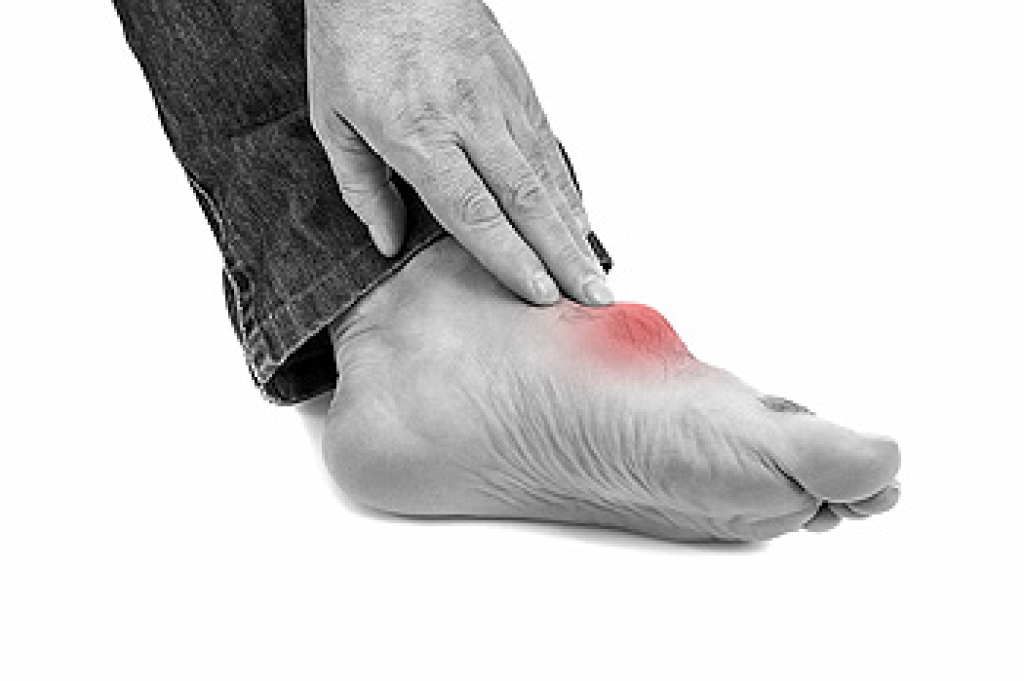 Hammertoe is a common foot condition among people worldwide, and it is considered to be a deformity. It occurs as a result of shortened tendons in the joints of the middle toe. These are tissues that link the bone to the muscle, and may cause the affected toe to bend at the joint, and resemble a hammer. There are several reasons why this condition may occur. These can include genetic factors, or from wearing shoes that do not have adequate room for the toes to move freely in. Additionally, there may be existing medical conditions that can consist of high arches, or certain types of arthritis which can precede the onset of hammertoe. It may help to change the type of shoes that are worn, and many patients choose to have surgery performed that can permanently straighten the toe. If you have developed hammertoe, it is strongly suggested that you are under the care of a podiatrist who can properly treat this ailment.
Hammertoe is a common foot condition among people worldwide, and it is considered to be a deformity. It occurs as a result of shortened tendons in the joints of the middle toe. These are tissues that link the bone to the muscle, and may cause the affected toe to bend at the joint, and resemble a hammer. There are several reasons why this condition may occur. These can include genetic factors, or from wearing shoes that do not have adequate room for the toes to move freely in. Additionally, there may be existing medical conditions that can consist of high arches, or certain types of arthritis which can precede the onset of hammertoe. It may help to change the type of shoes that are worn, and many patients choose to have surgery performed that can permanently straighten the toe. If you have developed hammertoe, it is strongly suggested that you are under the care of a podiatrist who can properly treat this ailment.
Hammertoes can be a painful condition to live with. For more information, contact Dr. George Yarnell of Pennsylvania. Our doctor will answer any of your foot- and ankle-related questions.
Hammertoe
Hammertoe is a foot deformity that occurs due to an imbalance in the muscles, tendons, or ligaments that normally hold the toe straight. It can be caused by the type of shoes you wear, your foot structure, trauma, and certain disease processes.
Symptoms
- Painful and/or difficult toe movement
- Swelling
- Joint stiffness
- Calluses/Corns
- Physical deformity
Risk Factors
- Age – The risk of hammertoe increases with age
- Sex – Women are more likely to have hammertoe compared to men
- Toe Length – You are more likely to develop hammertoe if your second toe is longer than your big toe
- Certain Diseases – Arthritis and diabetes may make you more likely to develop hammertoe
Treatment
If you have hammertoe, you should change into a more comfortable shoe that provides enough room for your toes. Exercises such as picking up marbles may strengthen and stretch your toe muscles. Nevertheless, it is important to seek assistance from a podiatrist in order to determine the severity of your hammertoe and see which treatment option will work best for you.
If you have any questions, please feel free to contact our office located in Lansdowne, PA . We offer the newest diagnostic and treatment technologies for all your foot care needs.








